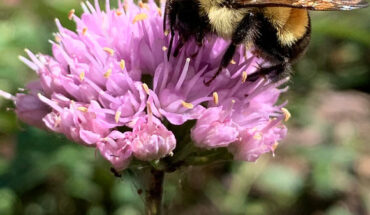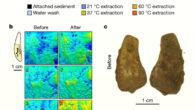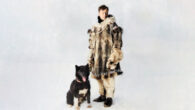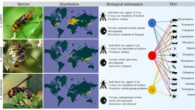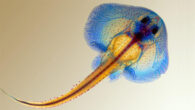The rusty patched bumblebee (Bombus affinis) is an important pollinator in North America and a federally listed endangered species. Putting together its genome is part of the Beenome 100 project, a first-of-its-kind effort to create a library of high-quality, highly detailed genome maps of 100 or more diverse bee species found in the United States. The rusty patched bumblebee (Bombus affinis). Image credit: Trisha Leaf / CC BY 4.0. The rusty patched...

